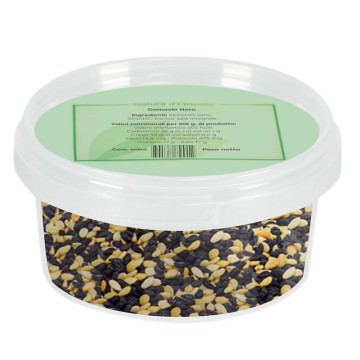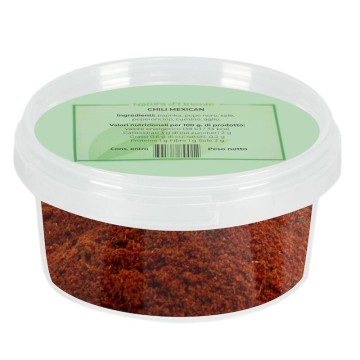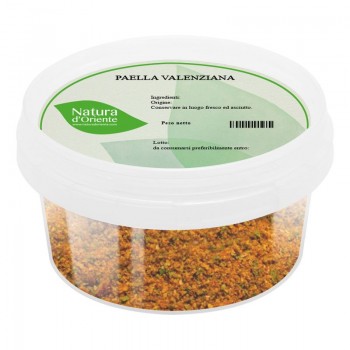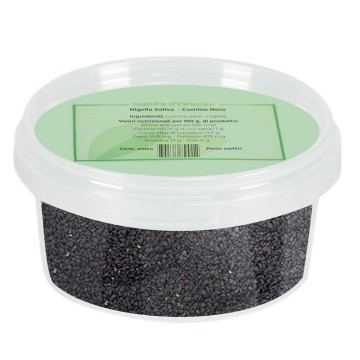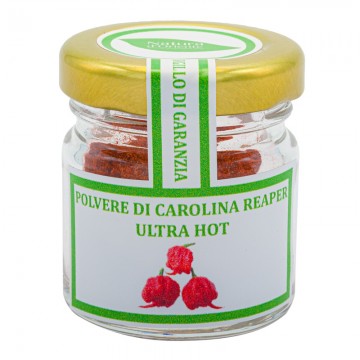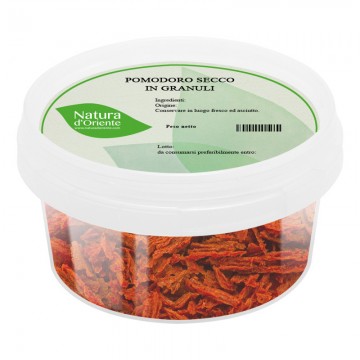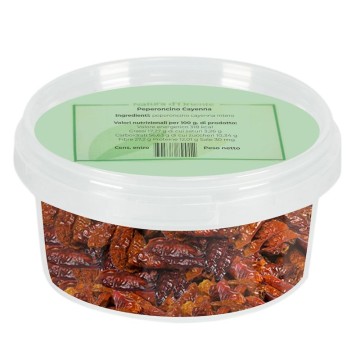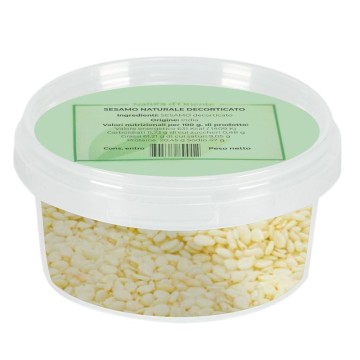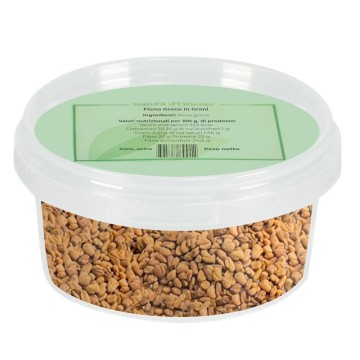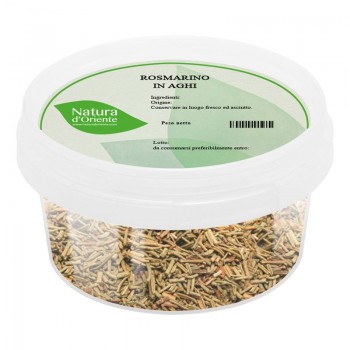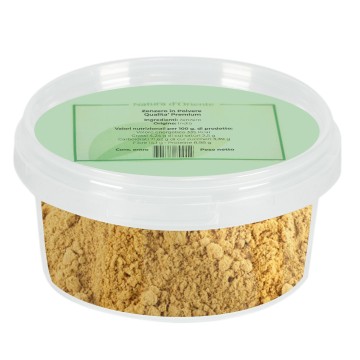The jalapeño pepper is called chipotle because it is dried and smoked slowly. It livens up dishes with its flavor and color, due to the ripeness of the fruit: the ripe red jalapeño is spicier in taste but not too invasive in aroma. The traditional use of the chipotle chili dates back to the Aztecs, who smoked both meat and chili peppers. Since then it has passed into Mexican cuisine and then into American Tex-Mex cuisine, still today it is mainly used to enhance many dishes. The pungent red Jalapeno is now widespread throughout the world, appreciated on roasts, grilled and barbecued meats, fish, vegetables, spicy sauces, legume-based dishes.
Red Jalapeno Chili: properties and benefits
The varieties of jalapeño peppers are different in size and heat (spiciness), and in the case of red jalapeños these are those at the end of the growing season, very ripe and soft. To give a unique flavor, chipotles are smoked, with a process that gives an intense aroma and flavor. It affects the chemical properties of the chili pepper, differently also based on the method used: wood or gas dryers.
In Mexican tradition, the red and ripe jalapeño can be smoked for a long time or lightly, taking on a different flavor profile. A medium smoking time (1-4 days) maintains a more fruity and earthy flavor, despite the smoky and spicy notes that are intoxicating in dishes.
These ripe chipotle chili pods are crushed into small pieces by the crushing, revealing wrinkled skins with bright colors. A convenient version to give in just the right doses of the strong but tolerable pungency, medium on the scale of degrees of spiciness.
The intensity of the chipotle, typical of jalapeño, makes for a good level of heat that is not excessive; perfect for those who want a provocative and smoky touch in the kitchen.
Nutritionally, the bright red color of these peppers comes from carotenoids, antioxidants found in the fruit. They also contain fiber and capsaicin – the substance that gives the chili its culinary heat and spiciness. It is believed that capsaicin, associated with the consumption of chili pepper, improves digestion and has a stimulating effect on the metabolism with its thermogenic properties (it increases heat dispersion and consumes energy during digestion). Furthermore, as an ally for diets, chili pepper, thanks to capsaicin, makes dishes tasty without adding calories. It is also useful for blood circulation: it stimulates vasodilation at a peripheral level, helps regulate the functionality of the cardiovascular system and blood pressure.
The red jalapeño chili pepper should be used in moderation, since capsaicin is very irritating to the mucous membranes. It is necessary to dose carefully, avoiding that the chili pepper enters the eyes, nose or comes into contact with other mucous membranes. In addition, in excessive quantities it can be irritating to the gastric and intestinal mucosa, to be moderated in case of stomach ache, ulcers, hemorrhoids, gastroesophageal reflux.
Use of crushed red Jalapeno in cooking
With their smoky and delicate flavor, which evokes the fruity, Jalapeño peppers are ideal for seasoning and marinating.
They can be used to sprinkle raw dishes, so as to better perceive flavor and aroma, or in cooking.
They are used in the convenient crushed form as ingredients in sauces, chutneys, chili con carne and stews. They give a lively and deep touch to soups and lentil-based dishes. They are used to create pungent marinades for the barbecue, in homemade spice mixes intended to flavor the meat of the bbq and in grills. They are a delicious and intense touch in raclette, the Swiss dish that uses a process of heating the cheese over the fire.
As a pleasantly smoky chili pepper, it is useful in vegetarian dishes, where it enhances the flavor of roasted or boiled vegetables with spicy notes.
It is an ingredient in the American "Crushed Red", a seasoning made from dried and crushed red chili peppers. In this version, Chipotle Chili is used to flavor pickles, fish soups, pasta dishes or pizza.
In addition, chipotle peppers are the basis for the Mexican Adobo sauce, a rich, reddish and earthy sauce.
Chili with ground meat and red Jalapeno - Texan recipe
Ingredients: 1 large onion - 2 crushed garlic cloves - olive oil - 500 g of meat ground beef - 3 teaspoons crushed chipotle Jalapeno - 2 teaspoons ground cumin - 1 teaspoon ground coriander - 1/4 teaspoon cayenne pepper - 1/2 teaspoon dried oregano - 1 tablespoon tomato puree - 14 ounces chopped tomatoes- 200ml red wine - 20g 70% dark chocolate - 4 semi-dried tomatoes, chopped - vegetable stock cube - 2 x 400g tins of red beans
Method Heat the fan oven to 180°C (160°C gas 4). In a heavy-bottomed pan, fry the onion and garlic in 1 tbsp of olive oil. Turn up the heat and add the mince, fry until golden brown and you get a light crust on the bottom of the pan. Add the chipotle chilli, spices and dried oregano, then cook for 1 minute until the meat is well coated with the spices.
Add the passata, chopped tomatoes, wine, chocolate, semi-dried tomatoes, stock cube and beans. Place in the oven with the lid on for at least 1 hour and 30 minutes - you may also need to add a little water if the meat is drying out too much. You can also serve with lettuce and avocado salsa.
Origins and History of Cultivation
The chili pepper comes from the Capsicum annuum plant, belonging to the Solanaceae family. It is native to Central America, cultivated in Mexico already about 6000 years ago and was introduced to Europe thanks to Christopher Columbus.
Jalapeño peppers are also native to Mexico, as a cultivar of the Capsicum annuum species, with a medium-sized pod (5-10 cm). It has firm flesh and hangs downwards. Often harvested green, the pod can be left to ripen as a red, orange or yellow Jalapeño. It takes its name from the city of Jalapa or Xalapa, capital of the state of Veracruz. The word chipotle, on the other hand, comes from the term chilpoctli, which in the Nahuatl language (native Mexican) literally means smoked chili pepper. The Aztecs smoked many foods to preserve them for a long time and dry them quickly. Their thickness often causes them to rot before they reach adequate drying.
To create a chipotle chili pepper, the ripe jalapeño pods are dried by smoking on wood. Traditionally it was done on mesquite wood for a time that could vary, in any case it lasted several days and in the open air. Even today the differences between chipotles also depend on the smoking times, as well as the variety of jalapeño peppers.
Not all chipotles are the same, in fact, but usually the main difference is between two varieties, coming from the same family of jalapeño peppers.
The Chipotle Meco smoked for a long time, becomes light brown and very tasty; The Morita Chipotle is smoked for about half the time of a Meco, giving it a fruitier flavor. At the end of the process, you get whole, ground chipotle pods, or the crushed red Jalapeño version.





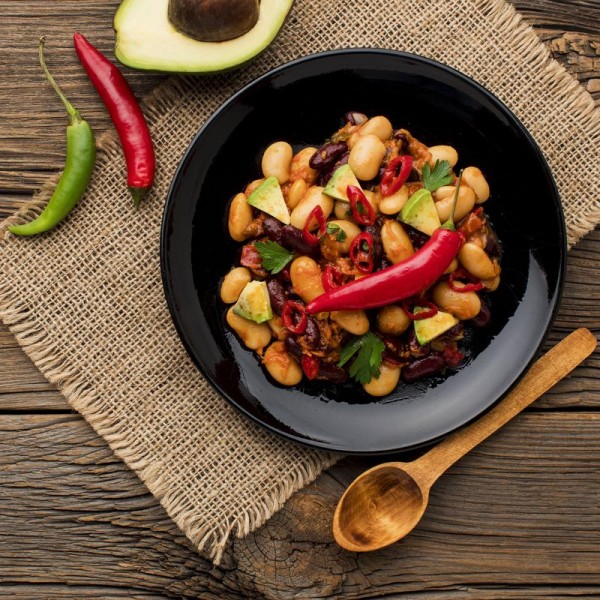





 No reward points for this product.
No reward points for this product.

